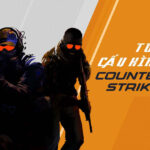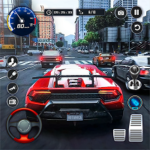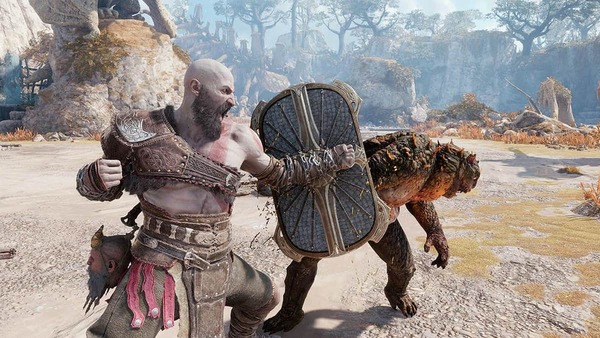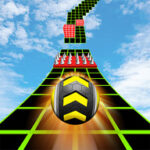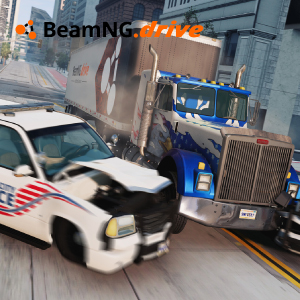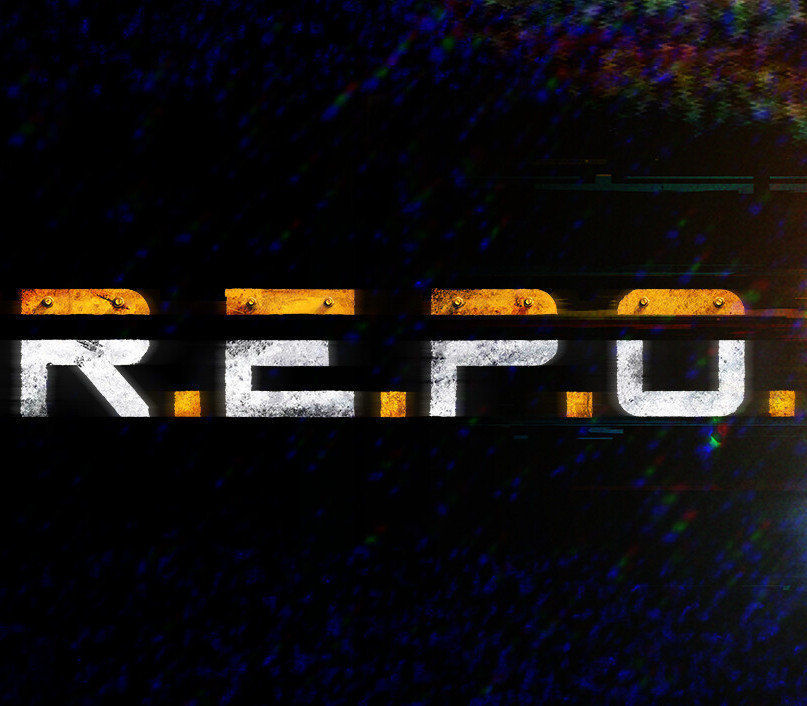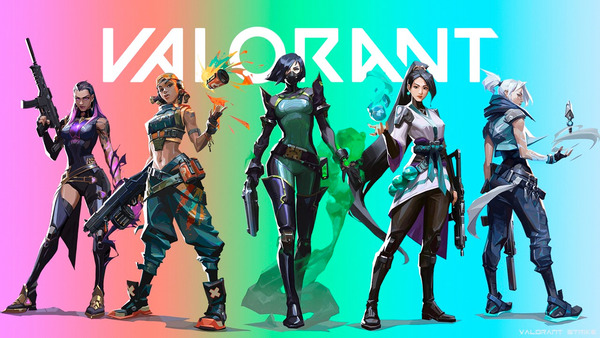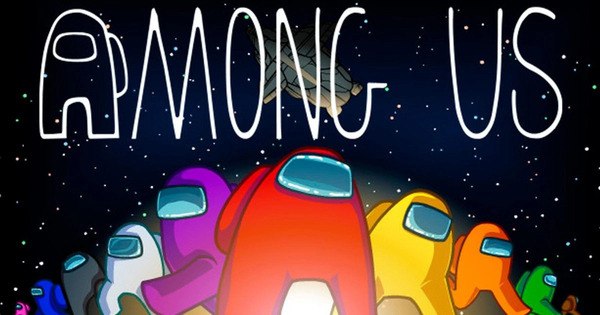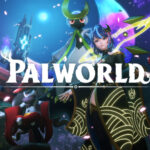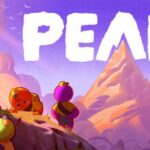Few games in history have had the lasting impact and cultural reach of Minecraft. Since its humble beginnings in 2009, Minecraft has grown from an indie experiment into one of the best-selling and most-played games of all time. With its blocky aesthetics, seemingly simple mechanics, and infinite possibilities, Minecraft captured the hearts of gamers, educators, and creators across the globe.
The secret to Minecraft’s success lies in its flexibility. It can be anything you want it to be — an epic survival adventure, a blank canvas for architectural dreams, a learning tool in schools, or a social platform for multiplayer communities. This adaptability has kept the game fresh and relevant for over a decade, making it not only a gaming experience but also a cultural phenomenon.
1. The Birth of Minecraft and Indie Beginnings
Minecraft was created by Markus Persson, known as “Notch,” who began developing the game in 2009 as a solo project. It was initially released as a public alpha for PC, with simple mechanics that allowed players to place and break blocks in a procedurally generated world.
Despite its minimal graphics and interface, the game quickly gained traction due to its unique gameplay and word-of-mouth promotion on forums and YouTube. Players appreciated the freedom Minecraft offered — there were no set objectives, only a world made of blocks and limited only by imagination.
As more players joined the community, Minecraft expanded its features, including crafting, survival mechanics, and multiplayer. It stood out from other games at the time by encouraging player agency rather than directing them through linear quests.
2. The Evolution of Game Modes
Minecraft’s growth was fueled by its evolving game modes, each catering to different playstyles. The most famous modes are Survival, Creative, Adventure, and Hardcore.
In Survival mode, players must gather resources, manage hunger, and fend off monsters. This mode emphasizes exploration, crafting, and survival strategies. Creative mode removes these restrictions, allowing players to fly and build freely with unlimited resources, making it ideal for architectural and artistic expression.
Adventure mode was designed for custom maps and scenarios, where players cannot break certain blocks unless they have the correct tools. Hardcore mode, a permadeath version of Survival, adds extra tension for experienced players.
These modes helped broaden Minecraft’s appeal, making it both a casual building simulator and a challenging survival experience depending on the player's preferences.
3. World Generation and Infinite Exploration
One of Minecraft’s defining features is its procedurally generated world. Each time a new world is created, players are dropped into a unique environment, filled with biomes ranging from lush forests and icy tundras to deep oceans and scorching deserts.
These worlds are virtually infinite in size, creating endless opportunities for exploration. Players can discover underground cave systems, towering mountains, ancient temples, shipwrecks, villages, and more. Each biome offers different materials, mobs, and challenges.
This unpredictability ensures that no two playthroughs are the same. Whether traveling by foot, horseback, or elytra, Minecraft rewards curiosity and makes exploration a fundamental part of its gameplay loop.
4. The Power of Crafting and Redstone Engineering
Minecraft’s crafting system is both intuitive and deep. Using collected resources, players can build tools, weapons, armor, and machinery. The 3x3 crafting grid allows for hundreds of combinations, turning raw materials into functional and decorative items.
Redstone, a mineral found deep underground, acts as Minecraft’s version of electrical wiring. It enables players to create circuits, switches, sensors, and machines. Advanced users have built everything from automated farms and trap systems to fully functional calculators and even virtual computers.
Redstone adds a layer of complexity that appeals to engineers, coders, and puzzle enthusiasts. For many, understanding and mastering redstone is a rewarding challenge that transforms Minecraft from a simple block game into a digital engineering playground.
5. Multiplayer, Servers, and Online Community
Minecraft truly shines in multiplayer. Players can connect via LAN, Realms (hosted by Mojang), or join public or private servers. Servers offer a wide variety of custom game modes like SkyBlock, BedWars, Survival Games, and Roleplay Worlds.
These servers are often community-run and use plugins to alter gameplay mechanics, introduce economies, minigames, and quests. Some of the largest servers, such as Hypixel and Mineplex, host millions of players and feature professional-level builds and systems.
Multiplayer extends Minecraft’s life and adds a social element that’s absent in single-player. Friends can collaborate on massive construction projects, explore together, or compete in friendly challenges. It turns Minecraft into a social hub, not just a game.
6. Minecraft’s Role in Education and STEM
Minecraft has become a powerful educational tool. In 2016, Mojang launched Minecraft: Education Edition, a version tailored for classrooms. It includes features that support collaboration, coding, historical simulations, and more.
Teachers have used Minecraft to teach subjects like mathematics, history, science, and even ethics. Students can explore 3D models of the human body, recreate ancient civilizations, or learn coding through Minecraft’s block-based programming tools.
Beyond the classroom, Minecraft promotes systems thinking, logic, creativity, and problem-solving. Its educational impact is one of the reasons it has endured and remained relevant to younger audiences year after year.
7. Visual Style and Artistic Appeal
Minecraft’s visuals are simple — blocky textures and pixelated characters — but this minimalism is key to its identity. The game’s retro aesthetic has become iconic, and over time, players have embraced its charm rather than criticized it.
The art style allows for performance across low-end hardware and easy modifiability. Texture packs and shaders have been developed to enhance graphics, adding realistic lighting, shadows, and water effects without losing the game’s core style.
The ability to construct detailed art, sculptures, and buildings using only blocks has led to incredible works of in-game art. Players have recreated entire cities, famous landmarks, and fantasy worlds brick by brick, using Minecraft as a form of digital expression.
8. Modding, Customization, and Marketplace
One of the reasons Minecraft has thrived for so long is its support for mods and user-generated content. Java Edition players can install mods that change game mechanics, add new creatures, dimensions, or overhaul the entire game into something new.
Popular mods like Optifine, Biomes O' Plenty, or Thaumcraft offer graphical upgrades, new world types, and magical systems. Modpacks curated through platforms like CurseForge or Technic Launcher allow for themed experiences — such as tech-focused survival or medieval roleplay.
On Bedrock Edition, Mojang introduced the Minecraft Marketplace, where creators can sell skins, maps, and resource packs. This gives players a secure and curated way to access new content while supporting community developers.

